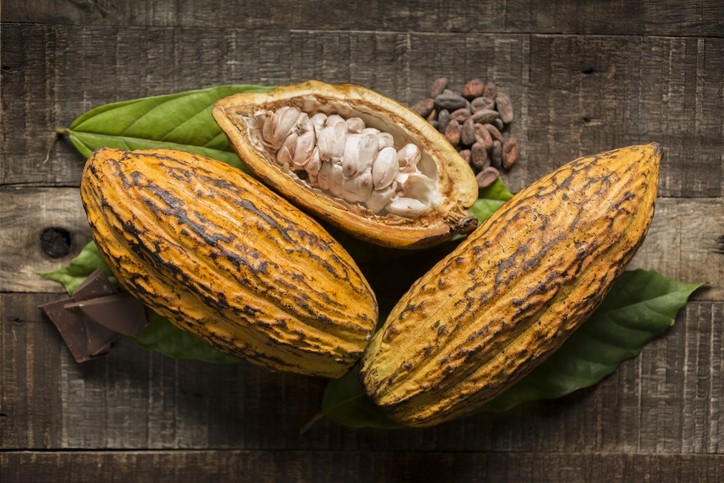West Africa, a major hub for cocoa production, has been particularly affected by intense heatwaves and erratic rainfall patterns. These climatic challenges have disrupted cocoa harvests for the third consecutive year, leading to a significant decrease in global cocoa supplies. Consequently, the scarcity of cocoa beans has propelled prices to double, reaching a staggering high of over US$10,000 per tonne.
While one might expect a corresponding increase in chocolate prices, the reality is more nuanced. Cocoa, although a crucial ingredient, represents only a fraction of the total cost of producing chocolate. Other components, including sugar, milk, and nuts, also contribute to the final price. Therefore, while cocoa prices have skyrocketed, the overall impact on chocolate prices may be moderated by these other factors.
However, the story doesn’t end there. Behind the scenes, cocoa farmers, particularly in countries like Ghana and Côte d’Ivoire, face significant challenges in reaping the benefits of soaring cocoa prices. Despite the doubling of cocoa prices on the global market, many farmers struggle to earn a living income. Government regulations often dictate the prices paid to farmers, and the increase in cocoa prices may not necessarily translate into improved earnings for these agricultural workers.

Moreover, the rise in cocoa prices poses additional challenges for cocoa-growing communities. Increased costs for essentials like fertilizers and food further strain the already precarious livelihoods of cocoa farmers. This underscores the complexity of the cocoa supply chain and the interconnectedness of various stakeholders in the chocolate industry.
Amidst these challenges, some chocolate companies are taking steps to support cocoa farmers. Mars, for instance, has pledged to double the income of its cocoa farmers in key producing regions by 2030. While such initiatives offer hope for the future, there remains a long road ahead in ensuring fair compensation and sustainable practices within the cocoa industry.
In conclusion, while cocoa prices have soared to unprecedented levels, the implications extend beyond the chocolate aisle. As consumers brace for potential price hikes, it’s essential to remember the individuals at the heart of cocoa production and advocate for their fair treatment and livelihoods in the face of market volatility and challenges.


